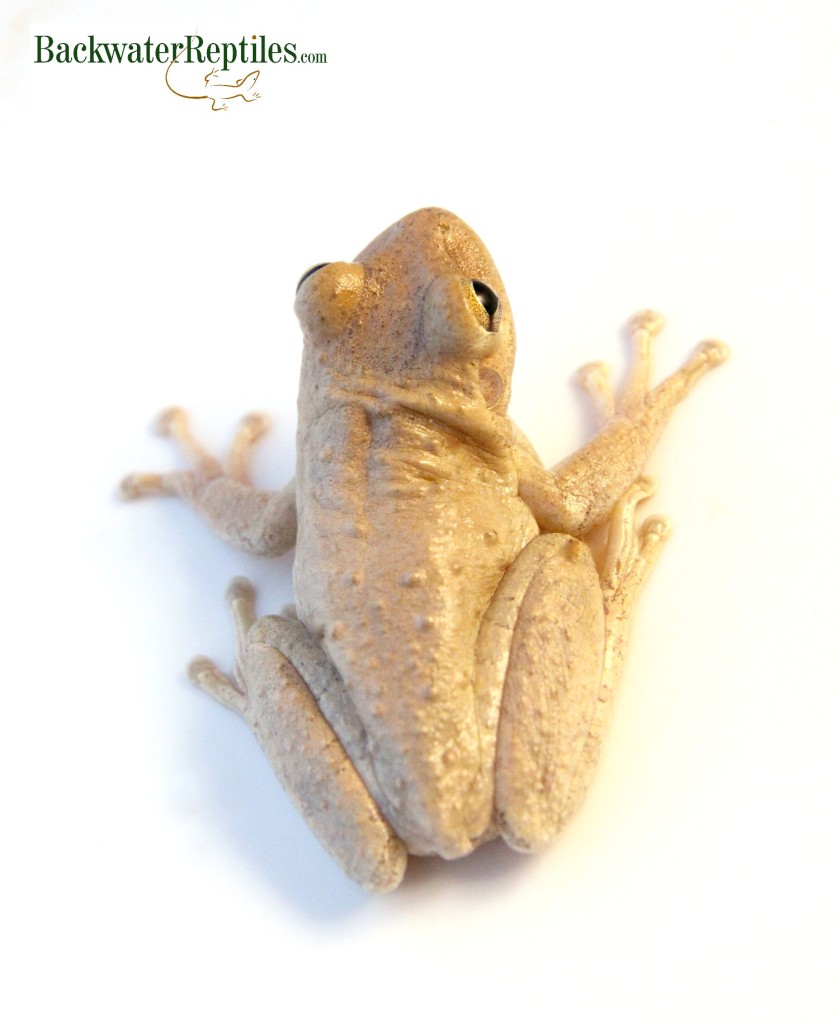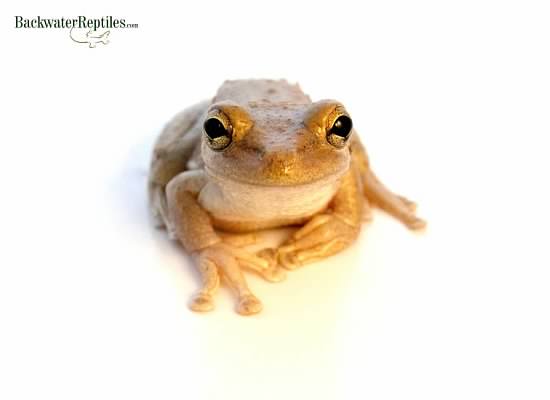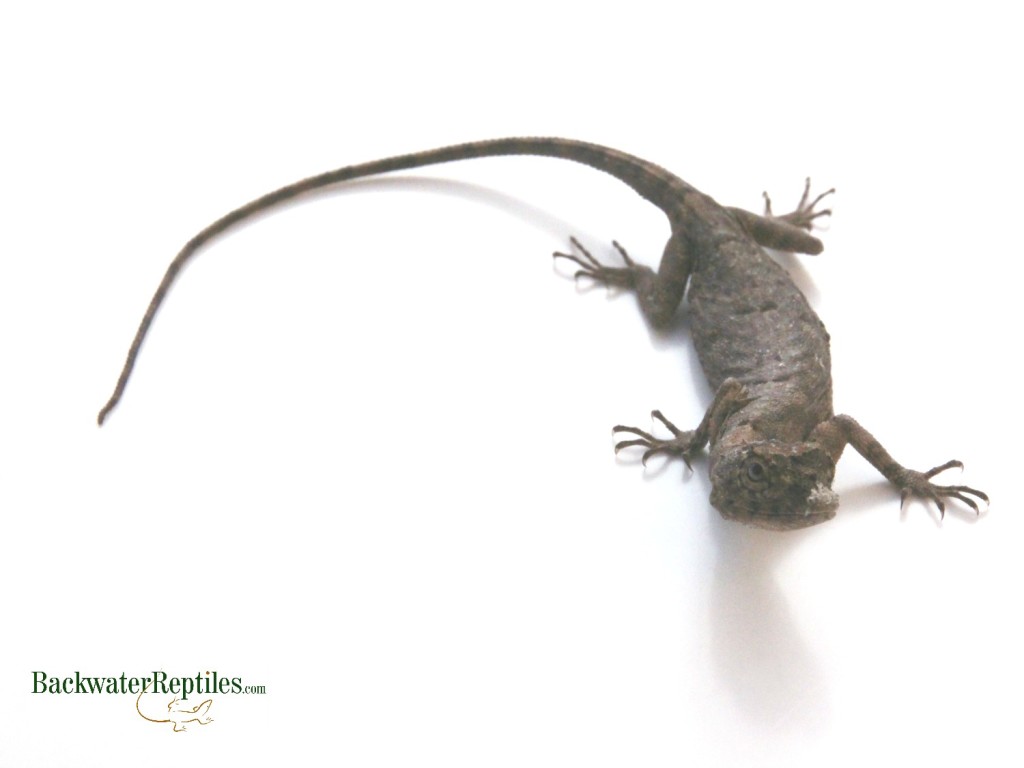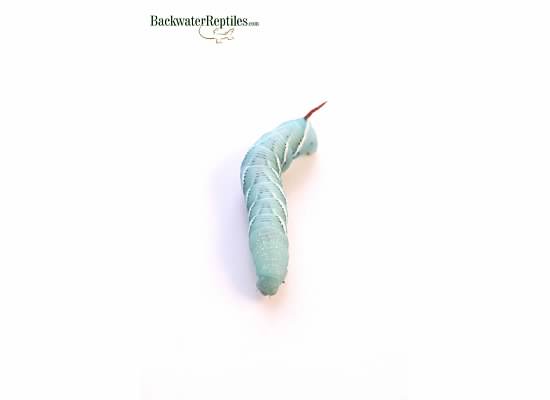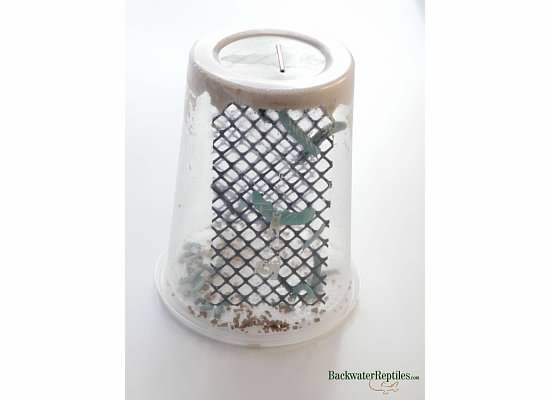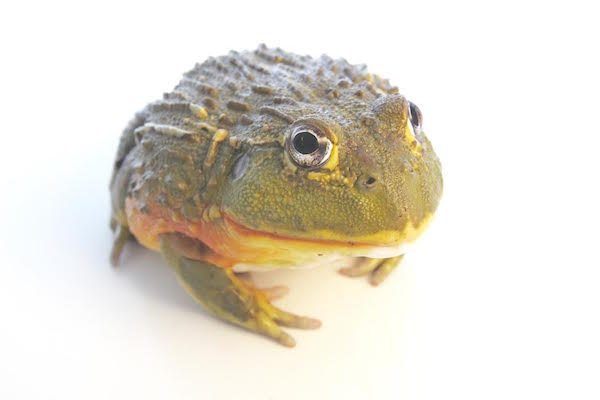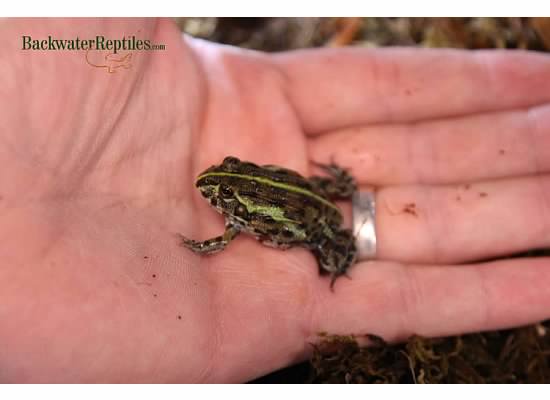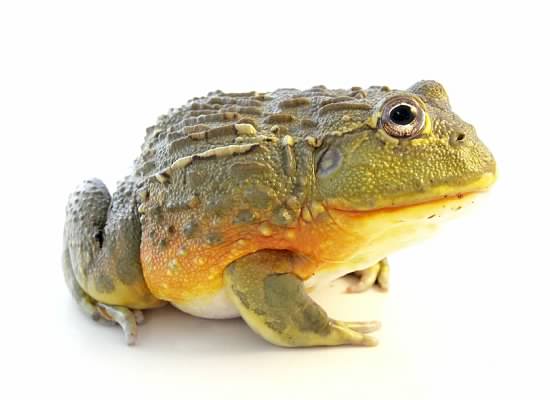Many people ask us what the best pet reptiles are for beginners and we generally recommend animals that are simple to care for, non-aggressive, and visually appealing. Lizards, snakes, turtles, and tortoises can make very rewarding pets, even though they’re not furry or cuddly like a typical cat or dog. They’re also surprisingly intelligent.
So if you’re considering a pet reptile of your own, but you’re unsure what species would be best for you, read on to find out our top five best pet reptiles for beginners.
The Best Pet Reptiles for Beginners
Leopard Gecko (Eublepharis macularius)
Leopard geckos make some of the best pet reptiles in the world. They’re adorable, desert-dwelling lizards that grow to a very manageable size. They will reach around 7-10 inches in length and can live over twenty years! Usually, females will live an average of ten years, while males will live considerably longer.
Leopard geckos are visually stunning little critters that are bred in a variety of color morphs. You can find leopard geckos that are bright orange, pure white, and even black and white speckled!
The patterns and colors in the many morphs can be stunning and leopard gecko parents have many options when it comes to the physical appearance of their gecko.

Leopard geckos also have very simple care requirements. They don’t need a lot of space to be happy – just a few places to hide or burrow. You can use substrate as simple as paper towels in their cage, or you can decorate elaborately and even buy neat colored sand from pet stores.
Feel free to check out our step by step guide on setting up leopard gecko habitats if you are so inclined. They also do extraordinarily well in captivity, being very undemanding, tough pet reptiles. Almost every Leopard gecko available on the market is captive bred, which is a nice bonus.
Crickets, mealworms, and reptiworms are all good food for leopard geckos. They have strong appetites, but are not necessarily gluttons. You should allow them to eat as many insects as they can in a fifteen minute sitting and then remove the excess from their cage.
Looking for a fun breeding project? If so, you couldn’t choose a better lizard. Leopard geckos are avid breeders and it takes no effort at all–just keep a male with a female and she’ll start laying eggs.
They often have very amiable personalities, and aggression is almost unheard of for pet Leopard geckos. Definitely on the short-list of the best pet reptiles for beginners. We’ve got many morphs available for you to choose from on our Leopard gecko page.
Bearded Dragon (Pogona vitticeps)
Bearded dragons are another lizard species that are available in a variety of gorgeous color morphs. Keep in mind that the more uncommon or rare the morph of the bearded dragon is, the more expensive it will be. Morphs of the lizard strictly reflect the color or the animal and not its temperament, health, or care requirements.

Beardies can get quite large, sometimes up to 24-inches, but 18-20 inches is much more common. This means they reach a solid, but extremely manageable size.
They’re usually little piggies when it comes to meal time. Most will eat whenever they’re offered food, even if they’re not hungry, so just be sure to watch your beardie’s diet as you don’t want it to get obese.
Probably the best feature about bearded dragons is their docile nature. Beardies are quite happy to be taken out of their cage and played with regularly. They seem to seek out interaction and very rarely bite (we’ve never been bitten by one). Lots of people will even walk around their house with their beardie on their shoulder like a parrot!
Bearded dragons can also make great breeding projects, as they’re prolific breeders and do extremely well in captivity.
Bearded dragons are originally from Australia, home to some of the coolest reptiles in the world. However, exportation of live reptiles is now illegal, so you can rest assured your U.S. Bearded dragon is captive bred. Check out our Bearded dragon page to see our selection.
Corn Snake (Elaphe g. guttata)
No conversation about the best pet reptiles for beginners would be complete without talking about Corn snakes. If you’ve never had a pet snake before, we highly recommend a corn snake. Like the lizard species mentioned above, corn snakes are available in many different color morphs.
Not only are they relatively inexpensive, they usually possess pretty docile temperaments and are nearly always captive bred. They will attain a manageable size (usually around 5 feet long) and live for approximately ten years.
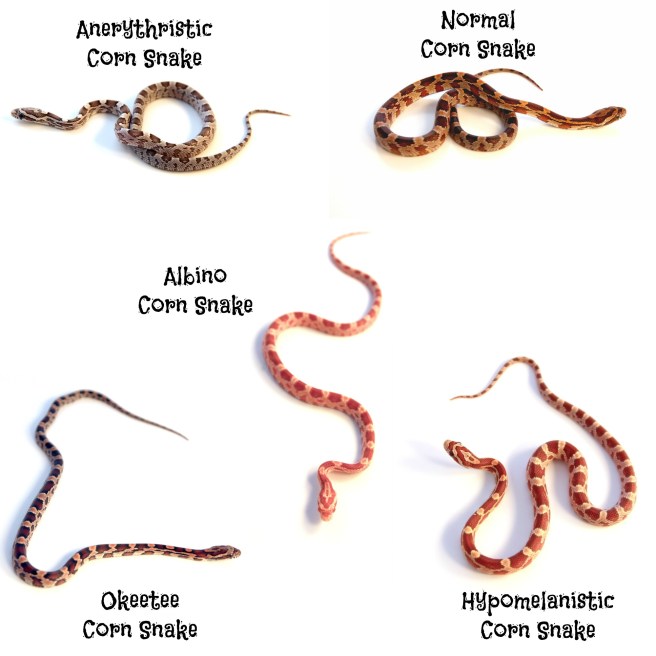
Like most pet snakes, you will need to feed your corn snake mice. You can choose to feed your snake thawed or living specimens, but we prefer frozen (then thawed) for the convenience and safety of the snake.
Aside from eating mice, corn snakes will thrive in a twenty gallon tank with minimal furnishings. They really only need a heat lamp and belly heat source, water dish, hide space, and substrate that allows for burrowing.
We’ve got quite a variety of Corn snake morphs for you to choose from on our website.
Sulcata Tortoise (Geochelone sulcata)
In general, tortoises are popular pet reptiles because they can be kept outside in places where the weather permits. This is appealing to many pet owners because the tortoise’s natural habitat can be replicated very closely and no real cage or terrarium is required.
Just keep in mind that because baby tortoises are more delicate, they should be kept indoors until reaching a reasonable size. Their shells aren’t as hardened and thick as their larger counterparts, meaning they can dehydrate a bit quicker and can’t thermoregulate as easily.

Sulcatas are pretty easy to come by in the pet trade, and many people are attracted to them because of their vegetarian nature. There is no need to keep live insects on hand as Sulcatas eat leafy greens, grasses, and other veggies.
They grow quickly, and a baby should attain a shell-length of around 3-4 inches after one year. They reach breeding size at around 12-inches.
Tortoises also live for a very long time. In fact, Sulcata tortoises can live for 150+ years! Yes, you read that correctly. We’ve got these captive bred beauties available on our website today.
Box Turtles (Terrapene sp.)
Like tortoises, Box turtles will thrive in an indoor terrarium or an outdoor environment with the proper weather conditions. If you have your box turtles outdoors, we do recommend some sort of pen be built to house them in as they do enjoy roaming and if you’re not careful, they could roam right out of your yard! They also enjoy digging and are very good at it.
Box turtles are omnivores and will eat pretty much anything you provide them. When kept outdoors, they will graze on your yard grasses and plants, but they will also consume crickets and other invertebrates. Baby Box turtles tend to be a bit more carnivorous, while the adults are more omnivorous.
We highly recommend Box turtles for first time reptile owners because they are such low maintenance reptile pets. They don’t bite, they don’t need constant attention or care, and they can pretty much take care of themselves. If you keep pairs, you might even get baby box turtles without even realizing your animals have bred! We’ve received many sets of eggs from our’s.
Check out our selection of pet turtles today.
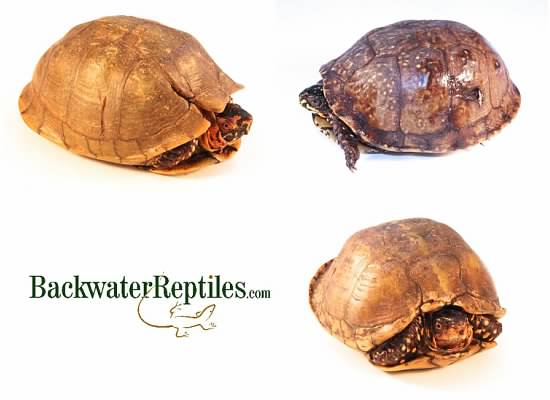
The Best Pet Reptiles for Beginners – Conclusion
There are so many great pet reptiles on the market today that picking a good one for a beginner can be a challenge, which is why we put together this helpful article.
We feel that the five animals listed above are all amazing first time herp owner options whether you’re in the market for a lizard, snake, tortoise, or turtle. These species have an established track record of being easy to keep and long-lived, with great personalities.
We have all of these reptiles available for sale on our website.


